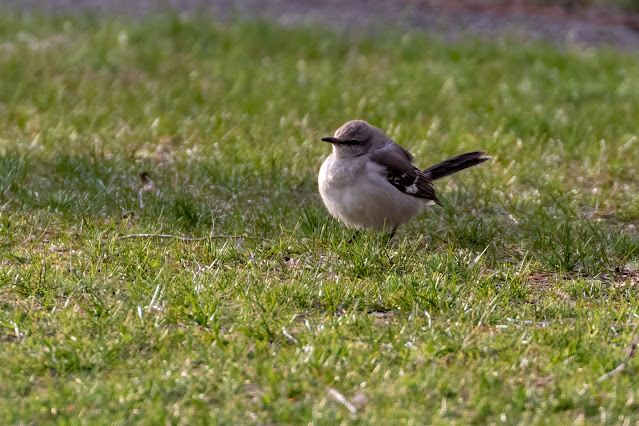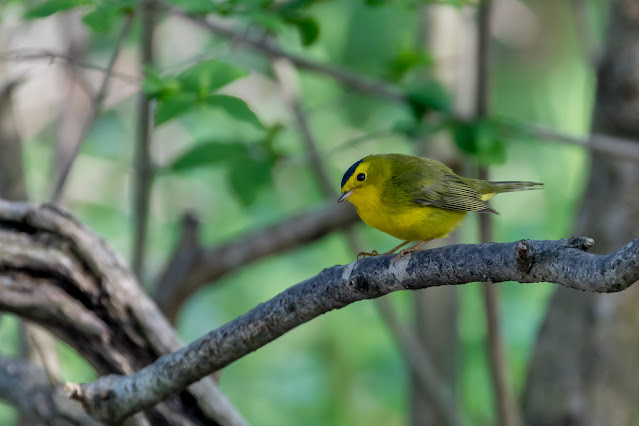I spy something shiny.

A common grackle in the sunshine is a resplendent thing to see. A flock of 30+ is a nuisance. Rondeau Provincial Park, Ontario, Canada, Apr 28, 2022. Quiscalus quiscula Grackles are one of the types of birds that are known to practice anting. This appropriately titled behavior involves the birds rubbing ants on their feathers and skin. The real mystery is no one is exactly sure why. Some suggest the ants secrete a liquid that can act as an insecticide, killing feather mites for the bird. Others think it could have something to do with the bird shedding its feathers or molting.
















